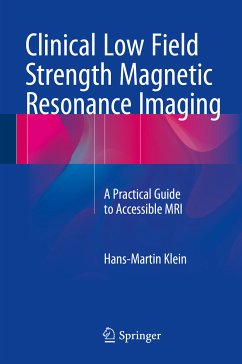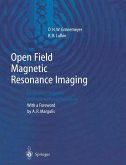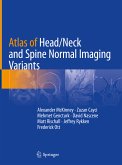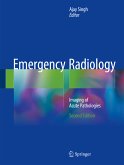The focus on high field systems has led to a situation where only a few systems with field strengths lower than 0.5 T survive. Some of these systems possess high field features such as multichannel coils and strong gradients; furthermore, sequence technology and image processing techniques taken from higher field strength systems have resulted in impressive imaging capabilities. While 1.5-T systems will probably continue to remain the standard, low field systems offer advantages such as the feasibility of dynamic joint examinations, improvement of T1 contrast, reduction of "missile effects", and decreased radiofrequency exposure. Low field strength MRI consequently has the potential to contribute to optimal patient management and, given comparable image quality, its application may become an issue of patient safety. This book will be an invaluable asset to all who are involved in planning and/or running a low field strength MRI facility.
Dieser Download kann aus rechtlichen Gründen nur mit Rechnungsadresse in A, B, BG, CY, CZ, D, DK, EW, E, FIN, F, GR, HR, H, IRL, I, LT, L, LR, M, NL, PL, P, R, S, SLO, SK ausgeliefert werden.









